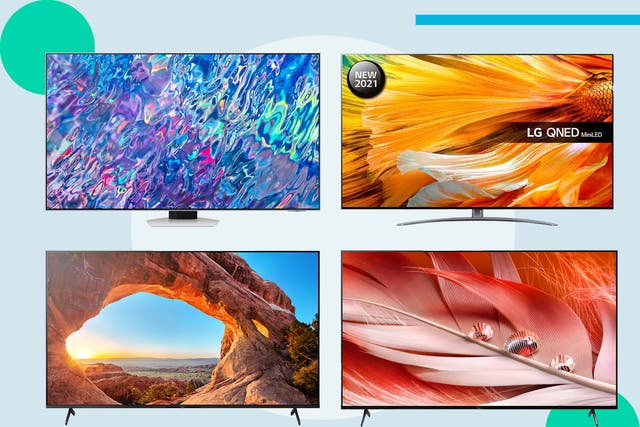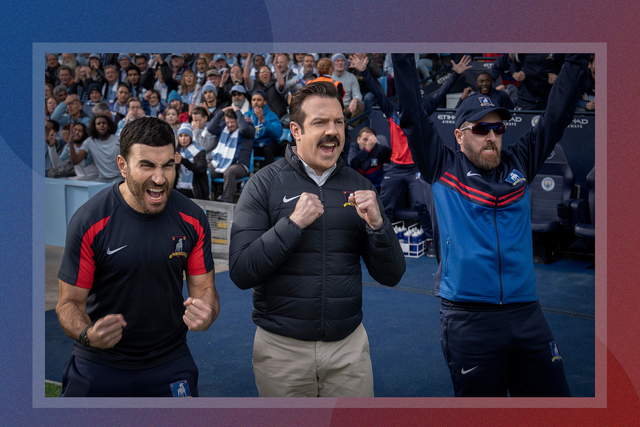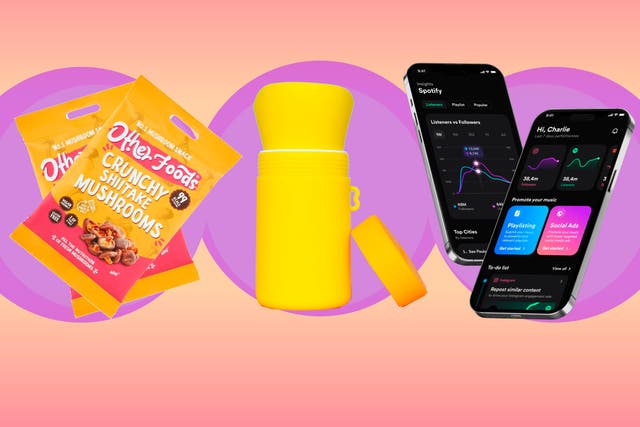Stay up to date with notifications from The Independent
Notifications can be managed in browser preferences.
TVs
Our experts review the best TVs in tried and tested guides
Find all of our reviews of the best new televisions here. We test the top models on the market for quality, technical specs and value for money. From top 4k models to budget-friendly options, we've got you covered. You can also find the latest deals on TVs here.





reunited.jpeg?quality=75&width=640&crop=3%3A2%2Csmart&trim=0%2C0%2C0%2C0&auto=webp)
























































.png?quality=75&width=640&crop=3%3A2%2Csmart&trim=0%2C0%2C0%2C0&auto=webp)


















